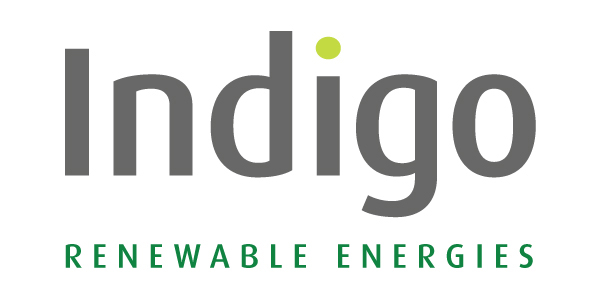Biomass
The simplest way of using many forms of biomass for energy is simply burning it. Doing so in an enclosure, in which the airflow is restricted, will be far more efficient than burning it in the open. This enclosure can be used to provide heat for the room it stands in (a stove) or, heating water and pumping it through pipes, it can provide heat to several rooms, and/or domestic hot water. This can even be extended to provide heat to several buildings from the same boiler, which is known as district heating.

